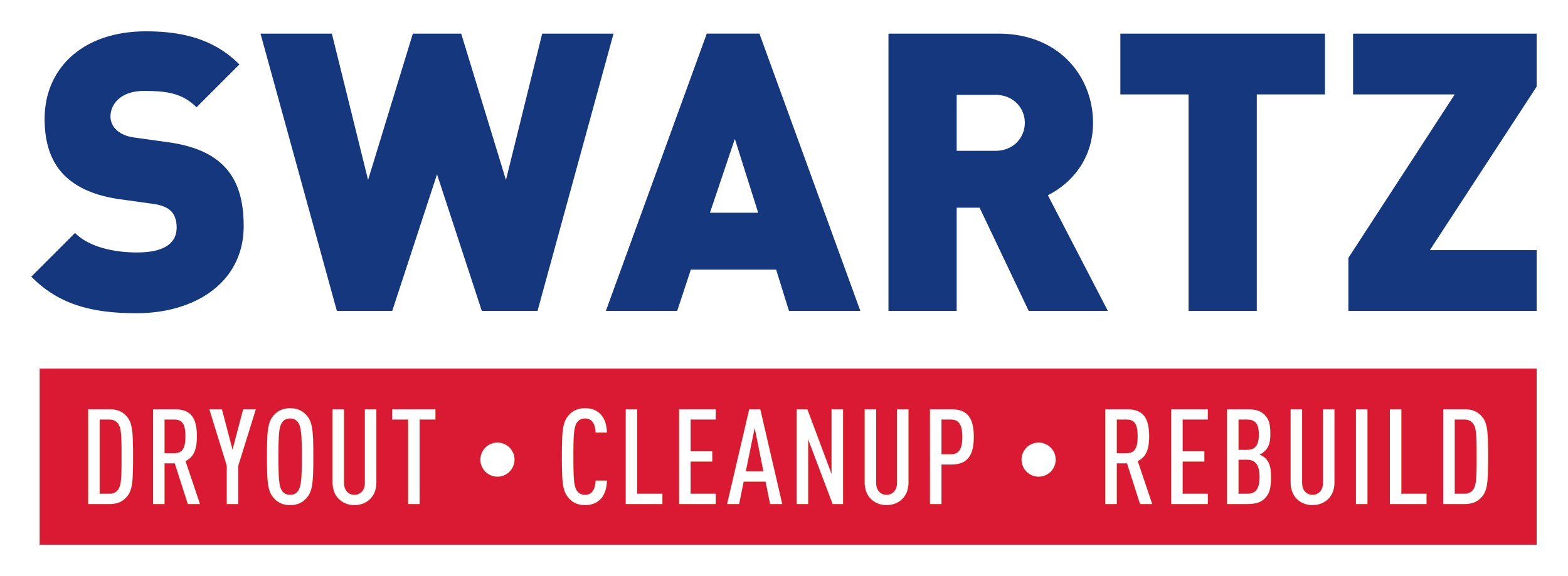We Flood, Too. Badly, In Fact.
Whenever there’s a weather event, one of the first questions we’re asked is, “How much work can you handle?” People are concerned that when everyone is affected by heavy rains or flooding there’s only so much equipment and so many people available to work on water damage restoration.
We know how to stagger our crews, get set up at one site, move on to the next and get started there. But we’ve never tried to come up with a number of how many jobs we could handle during a major storm and flood event.
Early last spring
Mother Nature gave us a number: 14 water jobs at one time. We think it could have been more, but one of those jobs was dealing with two feet of water in our own building!
We had flooded twice before but they were minimal with just two to four inches of water. This time, there was snow on the ground, the ground was still frozen and we got three inches of rain in six hours. The creeks rose and the ground couldn’t absorb the water.
Our building is on a concrete slab, and the water came in through all five doors, as well as the AC condensation drain. We ended up with close to two feet of water in our building. We lost four vehicles, some computers, desks, and other furniture. If it weren’t for the main building drain, the flooding and damage would have been worse.
With two feet of water in a 5300 s.f. building, it took five days to dry out. We had to keep one water crew and one construction crew out of the field for us, but otherwise, we were continuously answering calls and working on customer jobs.
Water Restoration
A typical water restoration job takes up to three people. The way the process works, we can handle three to four a day. That is, we can evaluate and set up the drying equipment on three or four sites, then move on to other jobs while the first ones dry.
Our operations manager, Randy Green, and the head of our water department, Troy Cox, did a great job managing the calls and evaluating the sites to make sure we first went to the ones where mold was more likely to be a problem. Once mold starts to grow, it creates another whole set of issues to deal with, so making sure we start drying before mold starts growing is critical.
While this situation tested our restoration capabilities, it also helped us improve our people skills. We believe our crews in the office and in the field are empathetic groups, but we’ve never had a loss like this on our own property. This experience gave us new insights into what our customers go through when they have a serious loss.
We already knew how important it is for people to know and understand what’s happening during cleanup and restoration. It’s a very difficult time, with both real and sentimental losses suffered. But we don’t often say, “Please, let us do our jobs” to each other. Being on the receiving end like this helped remind us how very far a little extra sensitivity goes.
